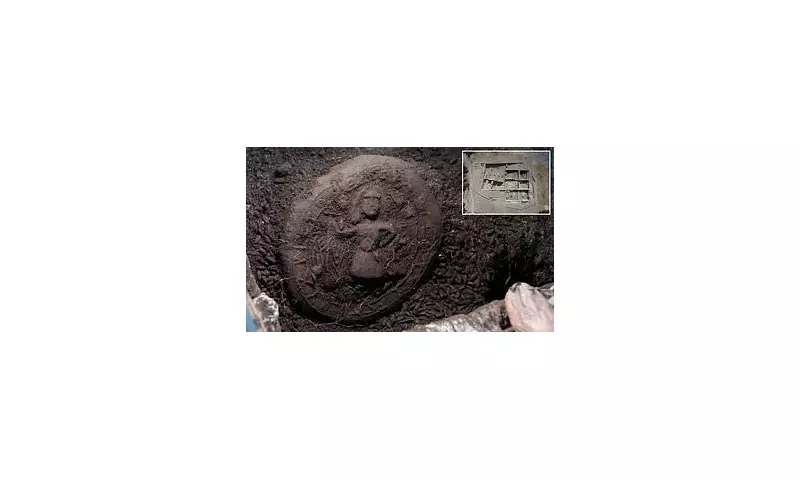
In a remarkable archaeological breakthrough that has sent ripples through both academic and religious circles, researchers have unveiled an extraordinary 1,500-year-old ivory reliquary that provides stunning visual confirmation of one of Christianity's most fundamental scriptures.
The Egerland Revelation
Discovered in a collection at the University of Tartu's library in Estonia, this ancient carved ivory box dates back to the fourth or fifth century AD and depicts what experts believe is the earliest known representation of Jesus Christ's resurrection. The intricate carvings show a figure emerging from a stone tomb, surrounded by Roman soldiers in various states of slumber and astonishment.
Scriptural Confirmation in Stone
Most significantly, the artefact bears a Latin inscription that directly corresponds to Matthew 28:5-6, reading: "Non est hic, surrexit enim sicut dixit; venite et videte locum" - translating to "He is not here, for he has risen, just as he said. Come and see the place."
This six-word biblical verse, spoken by an angel to the women who discovered Jesus's empty tomb, forms the cornerstone of Christian resurrection theology. The artefact's inscription represents the earliest physical evidence of this scripture's circulation and veneration.
Academic and Theological Significance
Dr. Laura Robinson, a leading religious archaeologist not directly involved with the discovery, commented on its importance: "This isn't merely an ancient object - it's a tangible bridge to early Christian worship. The combination of visual narrative and scriptural text provides unprecedented insight into how the resurrection story was communicated and celebrated in the formative centuries of Christianity."
The reliquary's craftsmanship suggests it was created for someone of considerable wealth or status, indicating that resurrection imagery and these specific scriptures were important enough to commission in valuable materials during Christianity's early establishment across the Roman Empire.
Historical Context and Journey
Researchers have traced the artefact's remarkable journey from its likely creation in a Mediterranean workshop to its eventual home in Estonia. The piece was part of a collection assembled by the University of Tartu in the 19th century, though its true significance remained unrecognised until recent scholarly examination.
The discovery challenges previous assumptions about how quickly resurrection imagery developed in Christian art and provides concrete evidence of which biblical passages held particular importance in early Christian communities.
Future Research and Display
The reliquary is now undergoing extensive conservation and study, with plans for public exhibition and digital reconstruction to make the delicate carvings accessible to global audiences. International teams of theologians, historians, and archaeologists are collaborating to uncover more details about its origins and the community that created it.
This extraordinary find not only confirms the early circulation of key biblical texts but also opens new windows into understanding how the first generations of Christians visualised and celebrated their most sacred stories.





